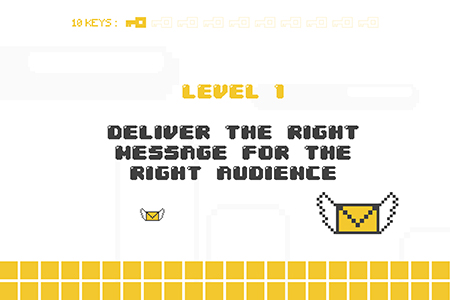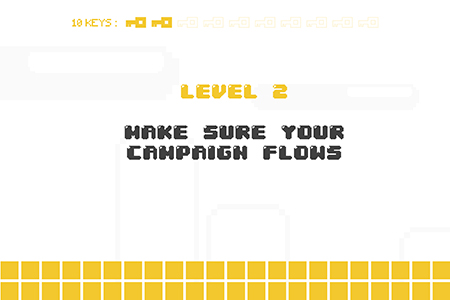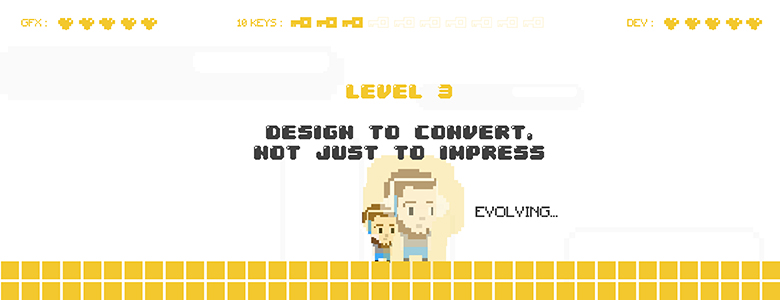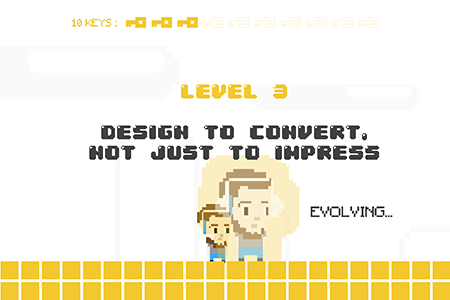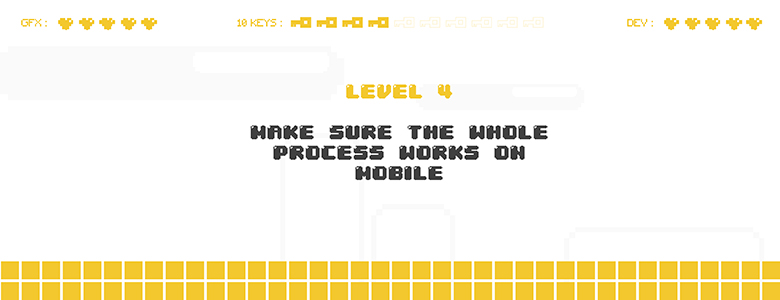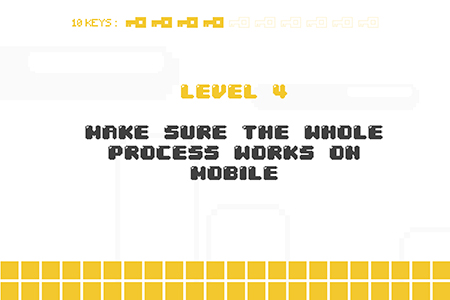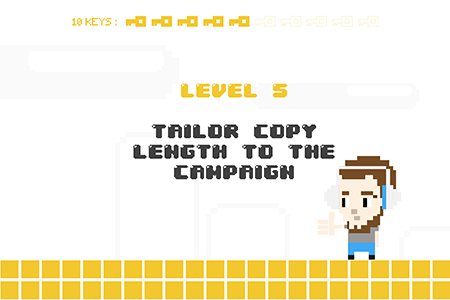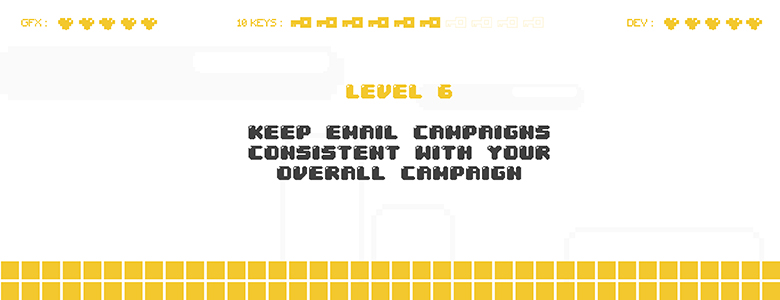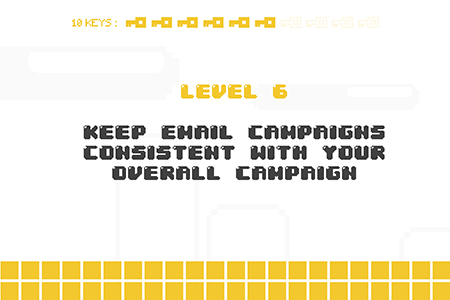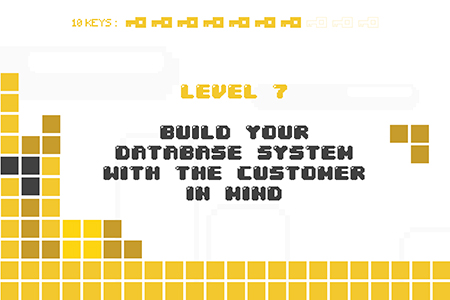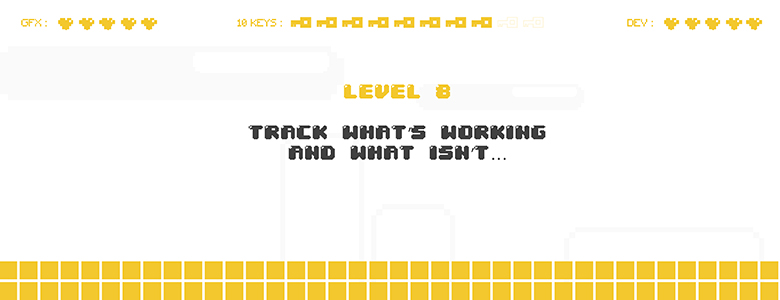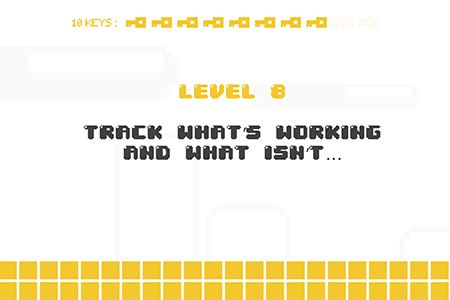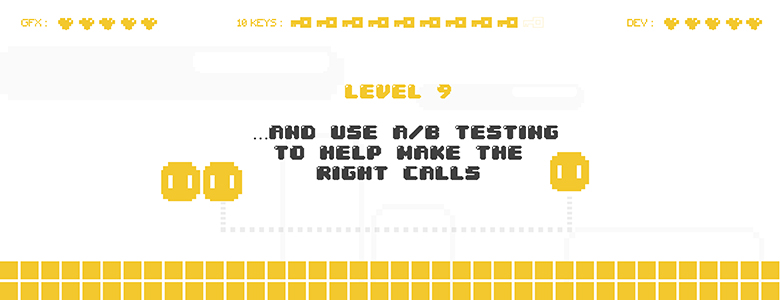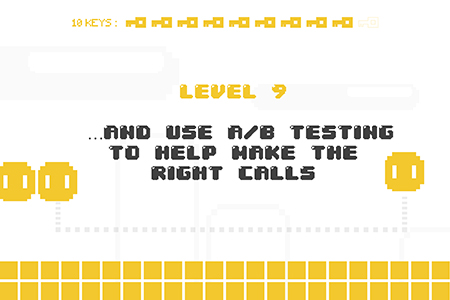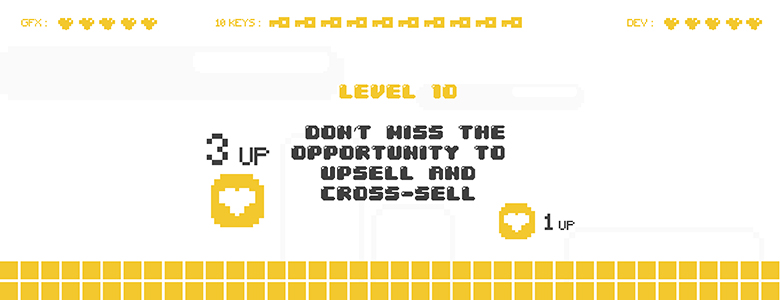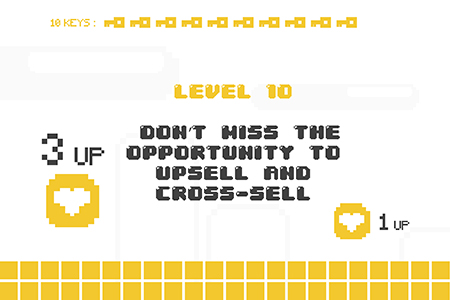
How to get more subscription renewals from your email marketing campaigns
10th February 2016
Over the years we’ve tried every email marketing trick in the book (and made all the classic mistakes) and we’ve learned what works and what doesn’t. Here our Commercial Director David Mathews gives 10 key tips for getting maximum bang for your buck when sending out subscription renewal emails…
Everyone who works in publishing, or indeed in any subscription business, will know about the huge benefits that email marketing has brought when it comes to generating subscription renewals:
It’s cost-effective – The way you can instantly target your whole database in one hit makes email incredibly cost-effective, not just for marketing reach but also for keeping your database clean.
It’s direct – Email marketing gives you a very short ‘conversion funnel’ – in other words, if you design your email, your landing page and your back-end systems well, it’s only a click or two from the call-to-action to the renewal page: creating an immediacy that just didn’t exist before email marketing.
It works – In the online world, direct emails are generally much better than ads for generating click-thrus and conversions even when targeting new subscriptions. When it comes to renewals, the information you have about your customers gives you some big in-built advantages – and email is the perfect tool for using those advantages to maximise conversions.
But of course, as with any tool, you have to know how to use it!
I’ve been involved in the subscriptions business for over 18 years, since the very early days of email marketing, while my fellow Bopgun director Jonathan Taylor was previously Head of Subscription Design at Future Publishing. Over the years we’ve learned that subscription renewal is its own unique marketing discipline with its own unique problems and solutions. Here are the most important areas to think about…
10 keys to successful subscription renewal emails
1. Deliver the right message for the right audience
The great thing about renewals is that you already know so much about your audience: what they like, perhaps how long they’ve liked it, how much they’re willing to spend, plus quite a bit about who, what and where they are. All of that information can feed into your email copy and design, enabling you to focus on one or two key messages or offers that stand the best possible chance of getting the recipient to (1) open the email; and (2) click to renew.
2. Make sure your campaign flows
Some customers respond to the very first email – and we all love those ones. Sadly there are a lot more who need a few prompts, however brilliant your designs and messages! Every marketing email needs to be part of an overall campaign strategy with each message building on the last – from early-bird rewards to ‘last chance’ warnings.
But of course you mustn’t overdo it or you can find your emails backfiring. The art of a renewal campaign lies in making the right judgements about email frequency, timing and messaging.
3. Design to convert, not just to impress
Pretty emails are all very well, and any half-decent creative design agency can build you a funky responsive template these days. But the key thing here is sales: you need email designs which actually work to convert email opens into click-thrus and conversions, and which present offers and incentives in the right way.
That requires commercial knowhow – and, ideally, specialist knowledge of the publishing and subscriptions industries.
4. Make sure the whole process works on mobile
The stats vary, but the likelihood is that around half of your emails will be opened and read on a mobile device – and that figure is bound to increase as time goes on.
That means you’ll need a responsive email template – but remember that the email itself is only the start of the user’s journey: you need to make sure that every stage from the landing page to the payment mechanism is also optimised for mobile.
5. Tailor copy length to the campaign
The debate about whether long or short form copy is the most effective in delivering sales is as old as advertising itself. In reality, both long and short emails can work well, depending on the nature of the customer and the product you’re selling.
An interesting development with email marketing is that you can do both: users are comfortable with the concept of short, snappy, bulleted emails that lead off to longer form content (and, ultimately, the conversion).
6. Keep email campaigns consistent with your overall campaign
Although writing and designing for marketing emails is a specialist skill, you need to also make sure that the tone, vocab and design style is consistent with your print marketing, and of course, with the product or title itself. Customers are more likely to respond positively to an email if they perceive that it is coming from the magazine or title they know and love, rather than a marketing company with a completely different tone of voice.
Meanwhile, designing your print and email marketing together as part of a coherent campaign will mean that each medium can reinforce the key messages, leading to better overall conversion.
7. Build your database system with the customer in mind
The last thing you want is to persuade a customer to renew but then have them bail out halfway through ordering because your processing system is too awkward or complex. It’s vital that your email is just the start of a seamless user journey. One click from the email should take them to a landing page that signals that they are in the right place and, ideally, log the customer in if your renewal pages are gated.
The shorter the ‘conversion funnel’, the more likely the renewal.
8. Track what’s working – and what isn’t…
It’s crucial to track your successes – and, even more importantly, your failures. Which subject lines aren’t generating many opens? Are too many people abandoning their renewal in the middle of the order process? A good analytics tool will enable you to review what works and what doesn’t, provide some data to support your hunches and allow you to experiment and keep improving every single link in your email campaign chain in future.
9. …and use A/B testing to help make the right calls
A neat way of optimising your chances of success while still within a campaign is to use A/B testing. You can send a small sample of your database a couple of variations of an email, tweaking different elements like subject line, design or copy, then track which variant gives the best result and send the ‘winner’ to the bulk of your database.
10. Don’t miss the opportunity to upsell and cross-sell
Finally, another great thing about renewal customers is that they are already exactly that: customers. They’ve already bought into your product and made a purchase decision. That means they’re more likely than the average prospect to be responsive to an upsell or cross-sell promotion, whether that’s an upgrade, a spin-off product or (fantastic for subscription businesses!) a switch to Direct Debit payments.
The email or the landing page could be the ideal place to make the upsell, if you can get the design and message right.
Subscription renewal marketing is partly a science and partly an art – but as long as you focus on the right areas and learn from your experiences, there’s no more effective way to get people to keep buying from you than a great email campaign.
Bopgun specialise in creating email marketing campaigns for the publishing industry and subscriptions businesses. We’ve worked on major campaigns for Future, Immediate Media, Hachette and many more – doing everything from initial creative concepts right through to effective campaign flow management. See some examples of our work here: www.bopgun.com
A version of this article appears in the Dovetail Services resource for subscription businesses.


